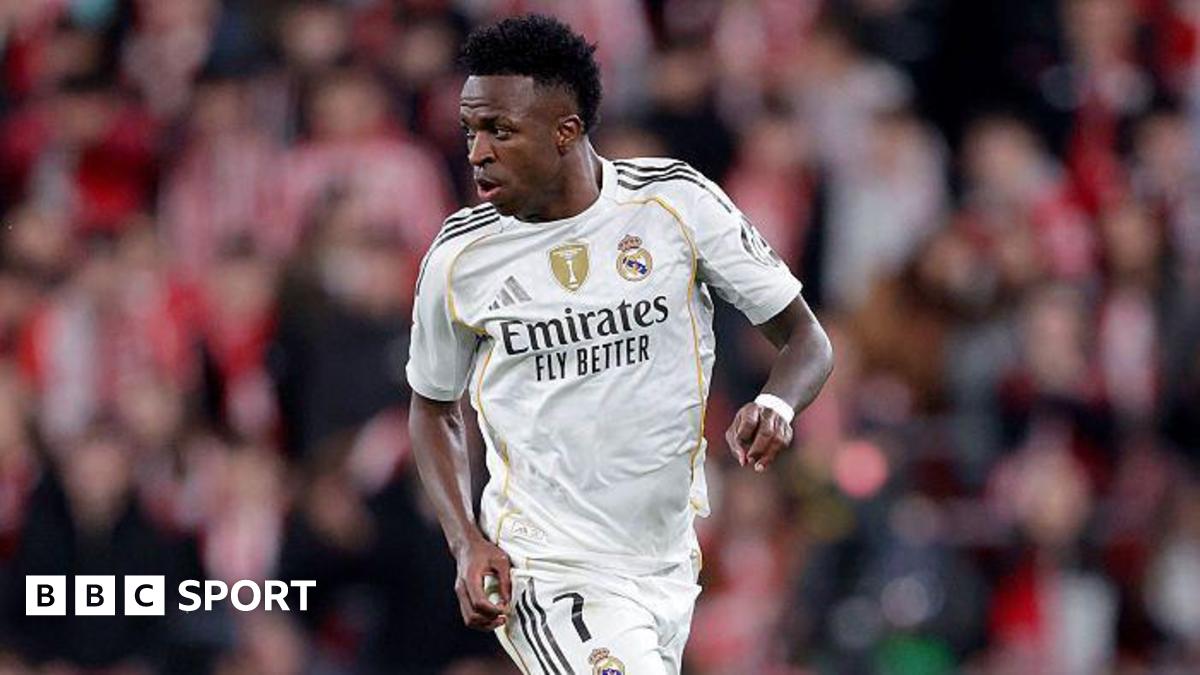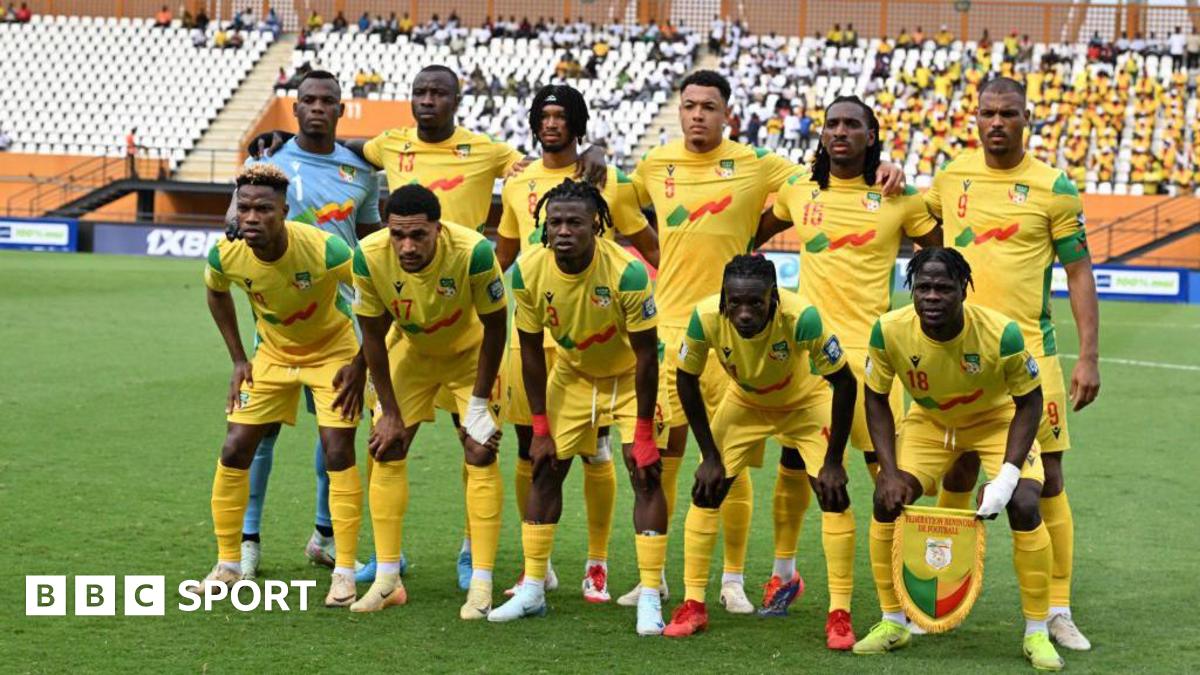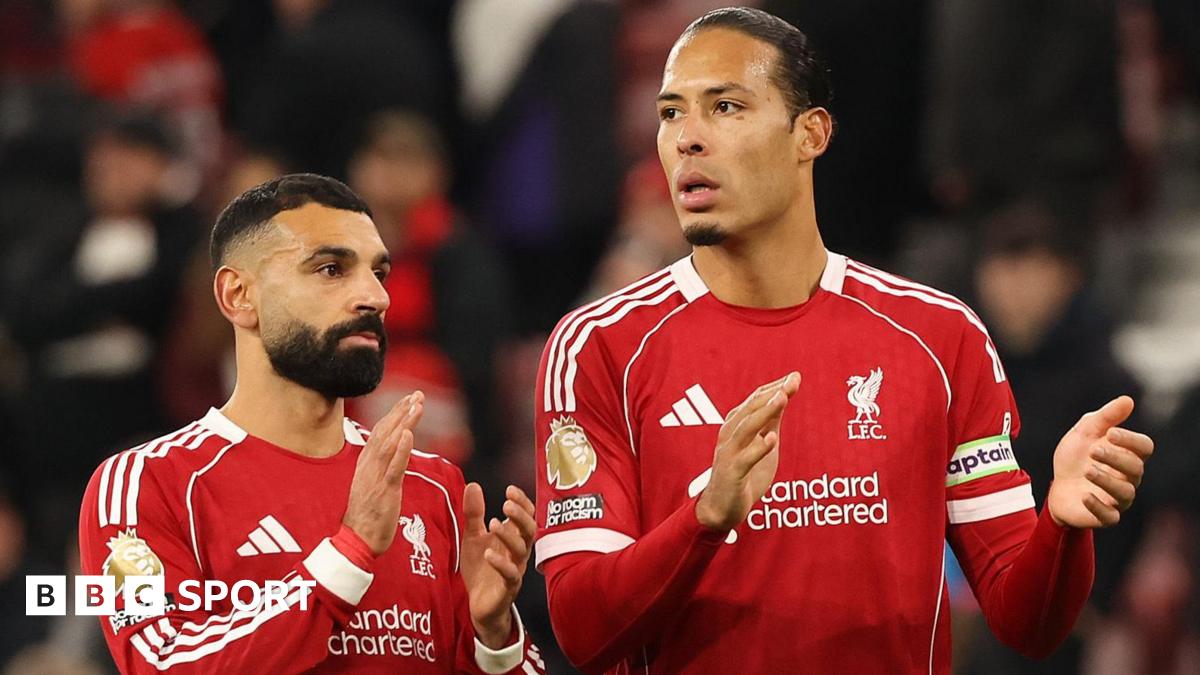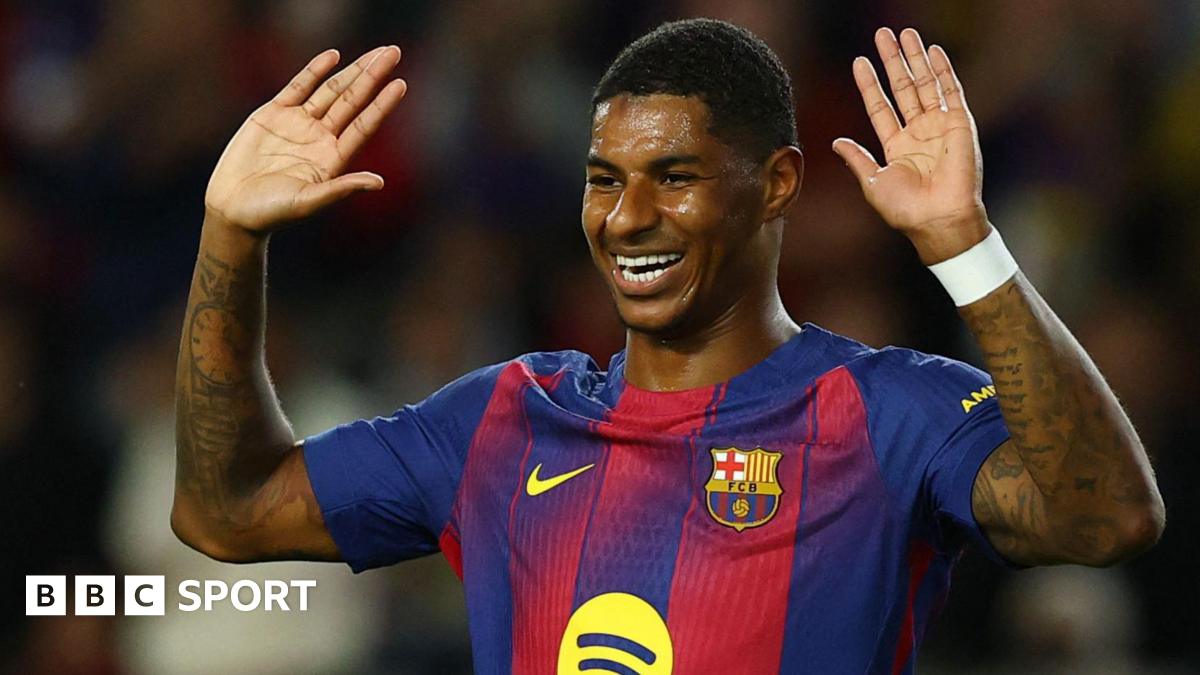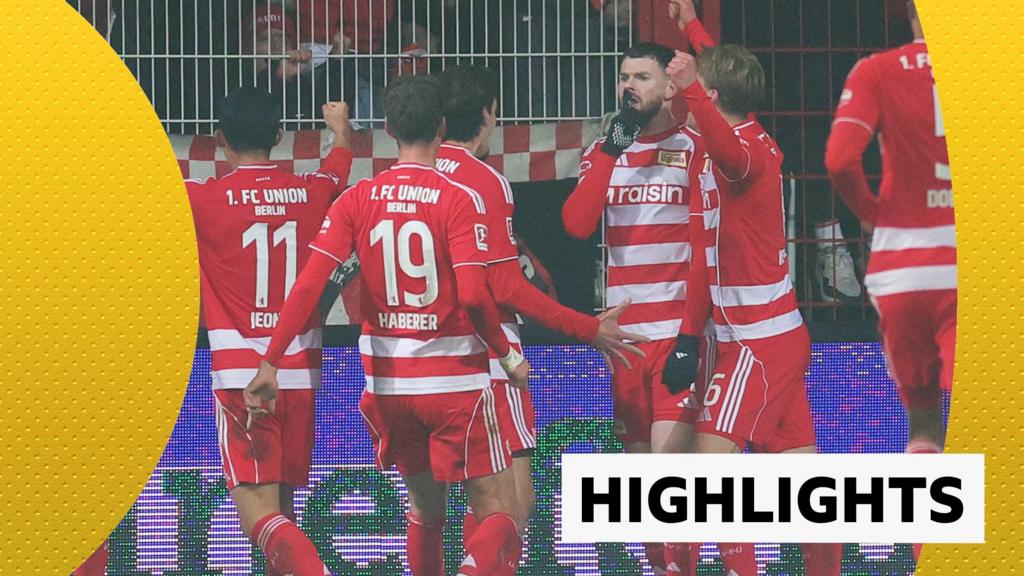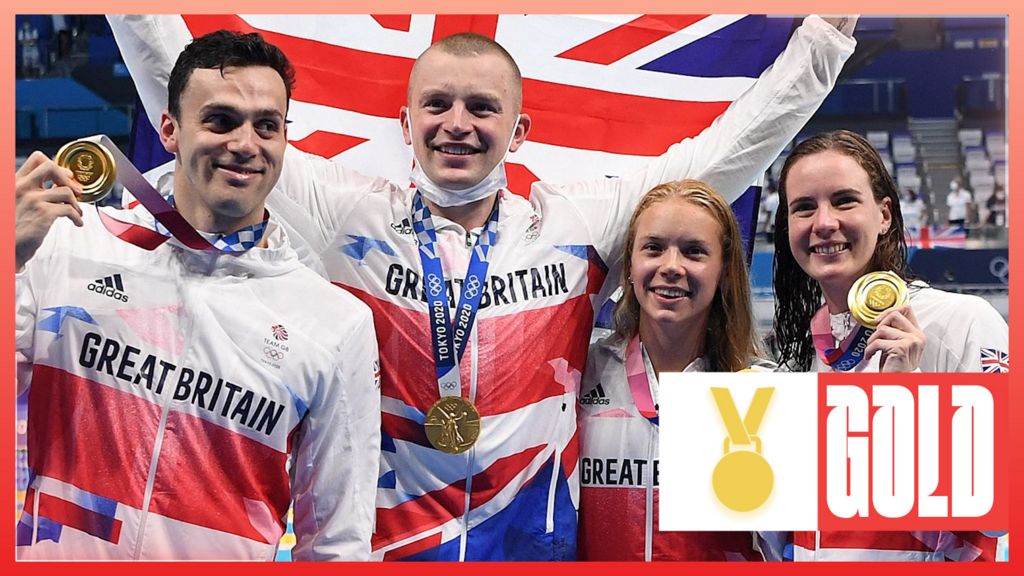Valtteri Bottas beat Lewis Hamilton to pole position for only the fourth time in 13 attempts this year on Saturday on Formula 1’s return to Italy’s magnificent Imola circuit.
In theory, on a track on which most of the drivers expect overtaking to be particularly difficult, that should give the Finn a good chance of taking only his third victory of a season in which his team-mate has eight.
And yet… Of all the previous races on which Bottas has been on pole this year, he has won and beaten Hamilton in only one, so Sunday’s result is far from a given.
Bottas came out on top after making the best of a truncated run up to qualifying at the Emilia Romagna Grand Prix as F1 experimented for the first time with a two-day schedule, with just one practice session on Saturday morning before qualifying.
Only two races ago at the Nurburgring, drivers had to go straight into Saturday morning practice cold. But that was because of problems with the weather. This was a deliberate move, a trial run as F1 looks at options through which it may cram more races on to the calendar into the future.
It meant less homework could be done by the teams before qualifying, and Bottas coped with the reduced element of honing better than Hamilton.
Neither Mercedes driver was perfectly happy with their qualifying laps, but Hamilton described his final attempt, although faster than his first lap in the last part of qualifying, as “pretty poor”. That meant Bottas’ – “not perfect but good enough and better than my first run” – was enough for pole by just under 0.1 seconds.
The last time he had pole – at the Nurburgring, coincidentally – Bottas led the first part of the race after muscling Hamilton aside around the first two corners. But then threw away his chances with a mistake that allowed Hamilton back in front. The race was already decided in Hamilton’s favour before Bottas retired with an engine problem.
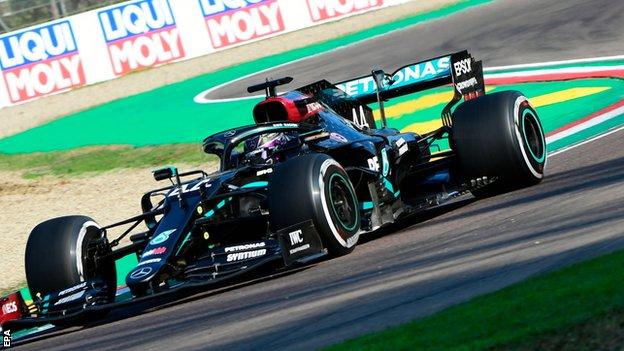
Last weekend in Portugal, Bottas again led, after passing Hamilton on the first lap. But after the race settled down Hamilton turned in a virtuoso performance to pass him back and then drive off into the distance, ultimately winning by more than 25 seconds.
Whoever is second after the first lap will probably find it harder to challenge for the lead just because of the nature of the track.
To a man, the drivers were revelling in the Autodromo Enzo e Dino Ferrari, which last hosted a grand prix back in 2006. It is what they call an “old-school track”, with a natural flow that follows the topography of the land, elevation changes, demanding high-speed corners, and gravel traps on their outside rather than asphalt run-offs, to punish mistakes.
“The speed we’re doing from Turn Two onwards,” Hamilton said, “it’s really intense, non-stop medium- high-speed, the grip is very high and the faster you’re going the harder it is to be inch-perfect.”
Williams’ George Russell simply said: “It’s awesome; F1 needs more tracks like this.”
If F1 has learnt one thing from the disruption caused by coronavirus this year, and the new and former tracks it has brought to the calendar, it must be that it needs to reassess its approach to race circuits.
Mercedes F1 boss Toto Wolff said: “I have always been very vocal about the fact I disagree with the direction we have taken by racing on oversized supermarket parking lots, because it takes the factor of the driver and his skill away.
“And so I really like racing in Mugello and Imola and Portimao, where you are penalised if you make mistake. We need to bring gravel beds back. So when you are flying off you can’t rejoin without any damage. Probably you can adapt most of the circuits to that kind of standard, but these classic and historic track will always have soul.”
The downside is that there are not really any passing places. There is a long run past the pits between the Rivazza corners and the first chicane at Tamburello. But Tamburello is taken in fifth gear at nearly 120mph, with braking lasting only 1.5 seconds and just over 100m, so passing into there will not be easy.
After that, not only are there few chances to try a move, but the high-speed nature of the track makes staying close behind another car difficult because of the disruption caused to the aerodynamics.
“It is not going to be a great race circuit, that’s for sure,” Hamilton said. “I’d be really surprised if it’s a great race because once you get into Turn Two you can’t follow. I hope I’m wrong.”
Red Bull’s Max Verstappen was a chunky 0.567secs off pole, so it is hard to look past a Mercedes driver for victory. And whichever one it is, the team will surely clinch the constructors’ championship by the end of the race.
The only way that won’t happen is if Red Bull out-score Mercedes by 34 points, an eventuality that is unlikely in the extreme.
Impressive Gasly ups the pressure on Albon
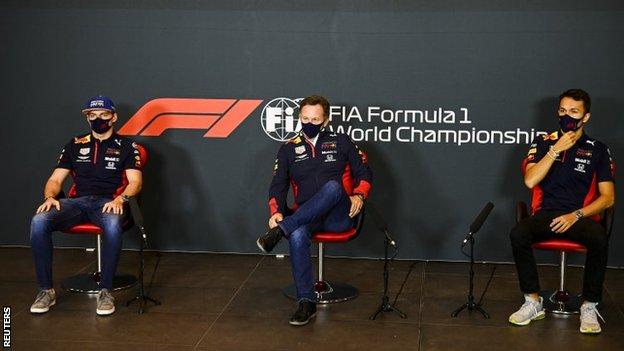
Behind the top three on the grid, Alpha Tauri’s Pierre Gasly celebrated the contract extension he was given at Red Bull’s second team earlier in the week with a superlative performance to take fourth on the grid.
Gasly has excelled since being demoted from Red Bull half way through last season, and has emerged as one of the most impressive drivers of this season. A win at the topsy-turvy Italian Grand Prix was the icing on the cake of a year in which he has gone from strength to strength.
Despite this, Gasly was never in the frame for a re-promotion back to Red Bull in 2021.
To an outsider, this might seem an inexplicable situation. But Red Bull’s view is that Gasly is a perfect fit for a midfield team where he can drive to his best without the pressure experienced by a driver in a top team alongside someone of Verstappen’s calibre, under which they believe Gasly crumbled last year and probably would again. The more user-friendly nature of the Alpha Tauri’s car is another factor in their minds.
At Red Bull, though, they have a problem, because Alexander Albon, the man who was swapped with Gasly, continues to struggle to deliver to the level they expect of him.
Albon qualified sixth at Imola – as he did in Portimao last weekend – but he was 0.567 seconds behind Verstappen. And being two places off Gasly, in a car Red Bull believe is slower even if it is easier to drive, is not what he needed as Red Bull ponder whether to keep him in his seat next year.
Team principal Christian Horner made it clear last weekend that Albon needed strong performances in Portugal and Italy as Red Bull consider their options.
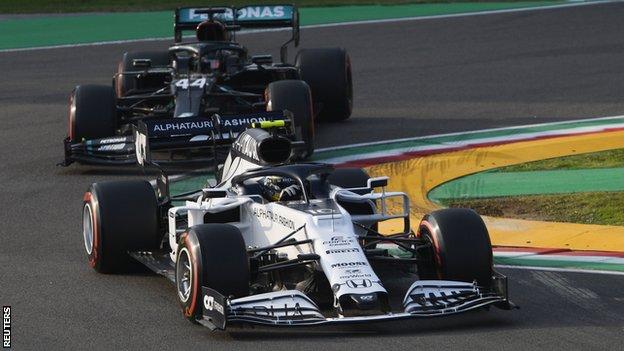
Last Sunday, he didn’t provide one, finishing out of the points. So he really needs to do so this time if he does not want to increase the already sizeable risk that either Nico Hulkenberg or Sergio Perez – experienced campaigners without drives next year – will be parachuted into his seat.
If Red Bull do go for Hulkenberg or Perez, where would that leave Albon? Would he be returned to Alpha Tauri for a comparison with Gasly? Or is Japanese Formula 2 driver Yuki Tsunoda, a protege of Red Bull and their engine partner Honda, going to get that seat?
Elsewhere in the driver market, Williams have finally put an end to speculation about their line-up – after their rather cack-handed attempts to dampen it down last weekend only heightened it – by reconfirming that George Russell and Nicholas Latifi are under contract and will remain.
Alfa Romeo have announced they are sticking with Kimi Raikkonen and Antonio Giovinazzi – to the surprise of some – and that basically leaves only Haas with unconfirmed seats. Although it seems they will go to two novices – Michael Schumacher’s son Mick, who is leading F2 with two races to go and comes with backing from Ferrari; and fellow F2 driver Nikita Mazepin, who comes with backing from his billionaire father.
After that, there is only one seat technically free – Hamilton’s. He and Wolff have said they want to get the championships out of the way before sitting down for their talks, the complication being they don’t want to take any risks with coronavirus.
But there is no doubt he will be in the Mercedes next year to go for an eighth title.



